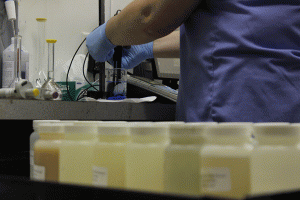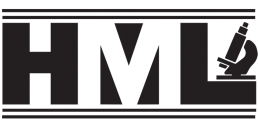 Since the mid-70’s, Giardia, Cryptosporidium and Enteric Viruses have threatened both public and private water supplies.
Since the mid-70’s, Giardia, Cryptosporidium and Enteric Viruses have threatened both public and private water supplies.
Giardia lamblia was introduced into the U.S. in the mid 1970’s with travel to Russia. This microorganism is a Protazoan that causes acute gastroenteritis. Waterborne outbreaks are being reported with increasing frequency and have often been called Camper’s Diarrhea due to it’s presence in the wild animal population. Recent evidence also shows that it may be transmitted through the food supply. The organism is spread through the cyst phase which is not killed by chlorination of water for drinking purposes, but may be removed by filtration. Quinacrine HCL (Atrabine) is considered the drug of choice for treatment.
Cryptosporidium parvum is a tiny Protazoan that causes diarrhea and enterocolitis. Transmission has been linked with oocyst (chlorine resistnat resting phase) contamination of drinking water supplies primarily from the fecal material of calves and lambs. Filtration is necessary for removal of the organism. This infection may be fatal for the AIDS or immunosuppressed patient as there is currently no effective treatment.

